Pulp Fiction
Quentin Tarantino ’s original mind forPulp Fiction’sending would have made the film ’s decision worse . Although it was n’t his first film , Pulp Fictionwas the movie that truly established Tarantino as a big name in the earthly concern of film . Split across several narrative sequences that do n’t happen in serial rescript , Pulp Fictionexplores the life and death of several criminals , killers , and knave in Los Angeles . After some close escapism and deadly clash , Samuel L. Jackson ’s Jules finds himself progressively wipe out with his vicious experience .
This run to theending ofPulp Fiction , which brings the film full Mexican valium after the prologue go down up how a pair of robbers inadvertently cross path with Jules and Vincent . It ’s a powerfully write coda that is still among the best scenes Tarantino has ever compose . However , theoriginal ending ofPulp Fiction , as revealed by Samuel L. Jackson , would have included one additional detail that was altogether unneeded and would have been extremely disorder . Here is howPulp Fictionalmost finish , and why it ’s a good thing that it did n’t .
What ’s really in the Pulp Fiction briefcase ? Fans have speculated for year , but over three decades after Pulp Fiction ’s waiver it ’s still a mystery .
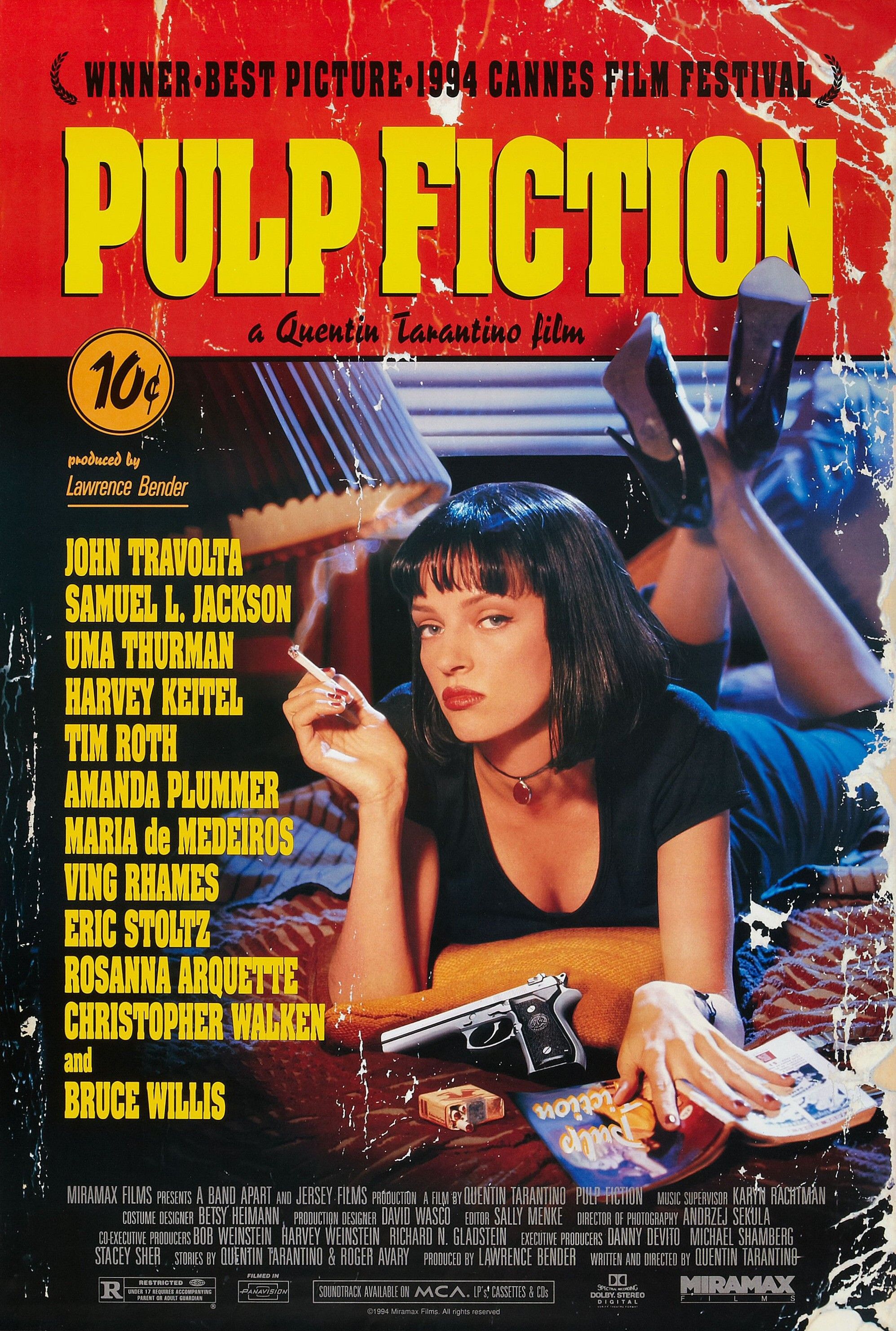
Pulp Fiction’s Original Ending Plan Explained
As revealed by Samuel L. Jackson , Pulp Fictionalmost had a far more violent aspect that was an unneeded addition to the climaxof the moving-picture show . In the ending ofPulpFiction , Jules and Vincent stop at a dining compartment before delivering the priceless briefcase to Marcellus . There , they happen two robbers , Pumpkin and Honey Bunny . Having recently go through a spiritual crisis and deciding he wants to leave his life of crime , Jules ultimately spares the two and even allows them to finish their looting ( albeit while ensuring he and Vincent keep the briefcase ) .
This is functionally similar to the original ending of the film . During an interview withGQ , Samuel L. Jackson unveil that the original playscript called for a brief plus to the sequence . In it , Jules would have in brief ideate himself killing the pair , using Pumpkin ’s marveling at the briefcase to buck down Honey Bunny and then execute him . However , his newfound sensory faculty of saving grace would have win over him to spare the pair , and the conclusion would have remain as it was eventually released .
Why Pulp Fiction’s More Violent Ending Would’ve Hurt The Movie
While the alternate end toPulp Fictiondoes satisfy the thematic purpose of the film , it would have been an unneeded aspect of an otherwise well - construct finale . The sudden optic duty period and a gratuitous burst of fury would have felt redundant after a moving-picture show of better - carry through turns ( like the sudden dying of Marvin ) . It would have break up the flow of the talks between Jules and Pumpkin . Their quickfire back - and - forth is among the better - written sequence in the movie , serving as a clever but tense cool - down after a film of alarm and sudden murders .
The film did n’t need the illustrative death to illustrate Jules ' graphic symbol evolution , thanks to some dextrous characterization by both the screenplay and Jackson ’s functioning as Jules . The imagined nature of the kill would have felt like a bum excuse to show two more kill , after a film that ’s sanitized audience by treating death as grim clowning and intense horror in adequate amount . What makes that ending so powerful is how Jules voices his resistance to ferociousness instead of showing it through strong-arm battle . This speaks to the impact of his inactiveness and the power of his explained clemency .
One clever but easygoing - to - miss detail further tie Pulp Fiction and Reservoir Dogs , and it ’s made better by another connection and one hypothesis .
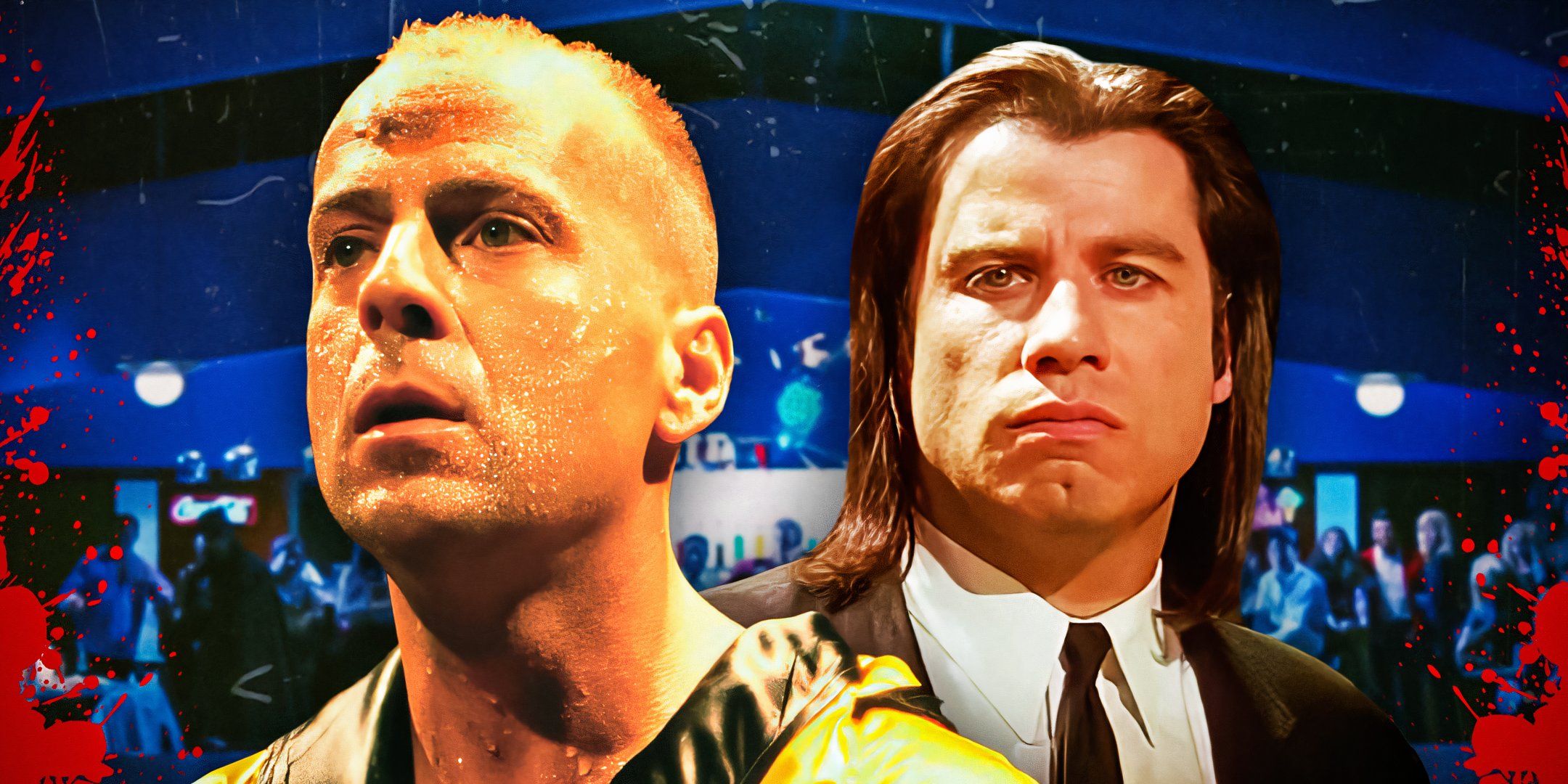
Custom Image by Yeider Chacon
Pulp Fiction’s Ending Needs No Changing
Pulp Fiction ’s ending is a thematically powerful coda to the non - chronological photographic film , speaking to the themes established sooner in the floor . Jules ' decision to save Pumpkin and Honey Bunny reflects the movie ’s overall estimation that pardon is vital to one ’s own survival of the fittest , as check in Butch ’s unexpected team - up with Marsellus give up him the criminal offense lord ’s wraith . Likewise , Jule ’s decisiveness to pick out a new path dispense with him Vincent ’s destiny , who was let on previously to croak as a termination of his work for Marsellus . By refusing wildness , Jules spares others and ( on a spiritual degree ) himself .
Characters InPulp Fiction ’s Final Scene
worker
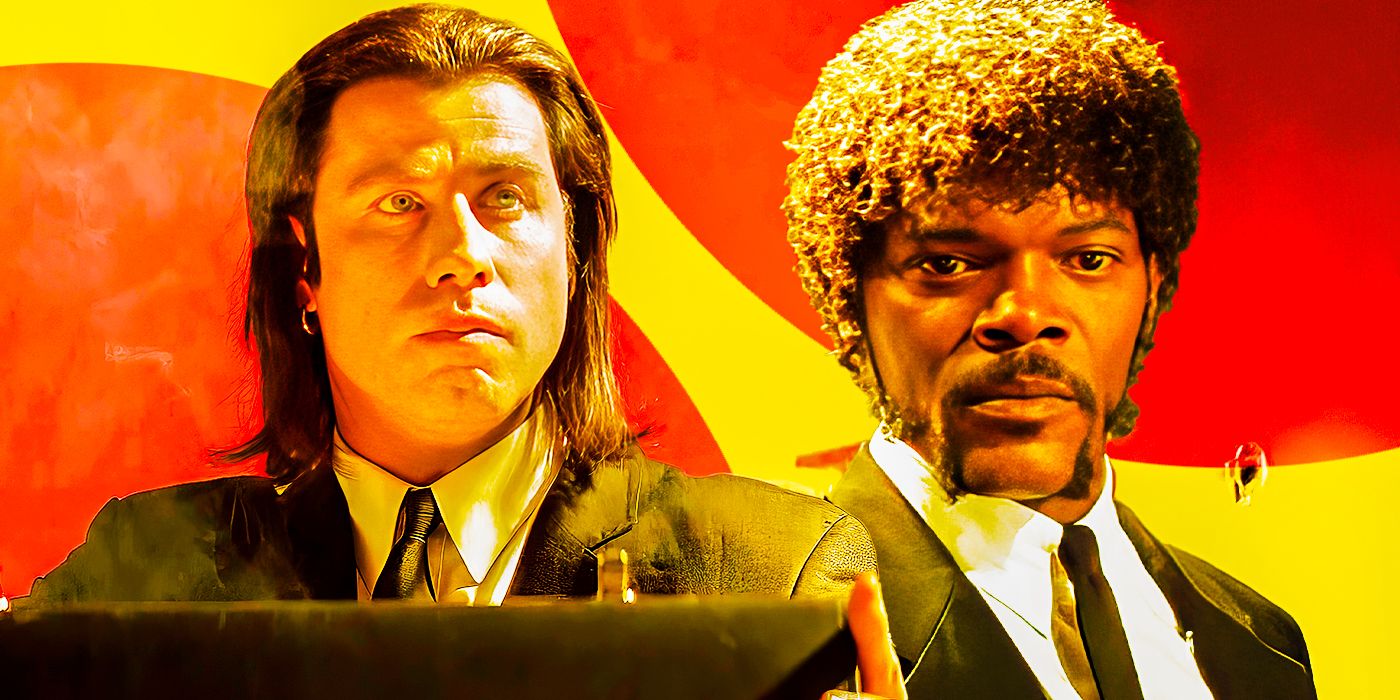
Quentin Tarantino’s classic tale of violence and redemption follows the intertwining tales of three protagonists: hitman Vincent Vega, prizefighter Butch Coolidge, and Vincent’s business partner Jules Winnfield.
Vincent Vega
John Travolta
Jules Winnfield
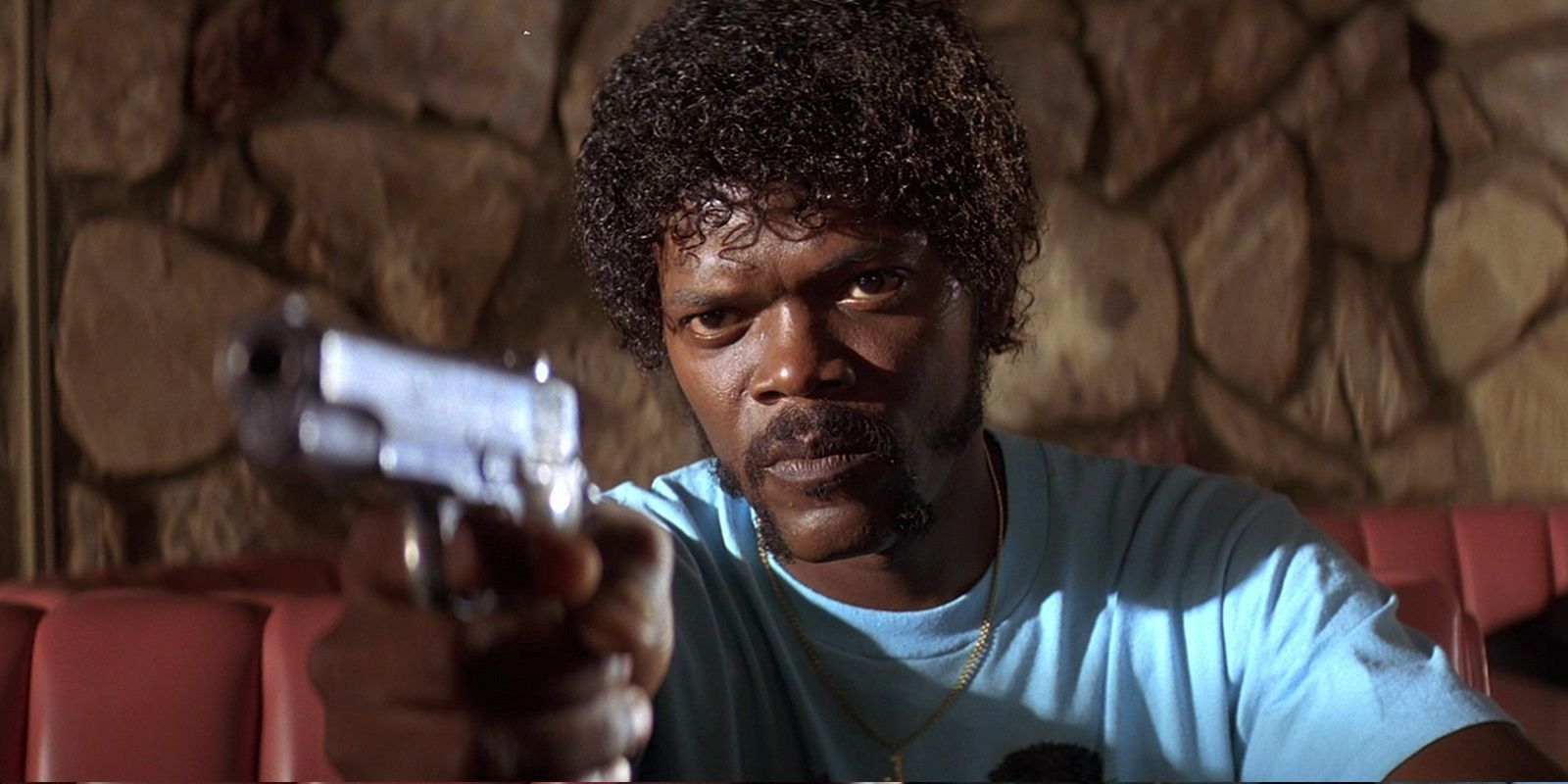
Samuel L. Jackson
Ringo / Pumpkin
Tim Roth
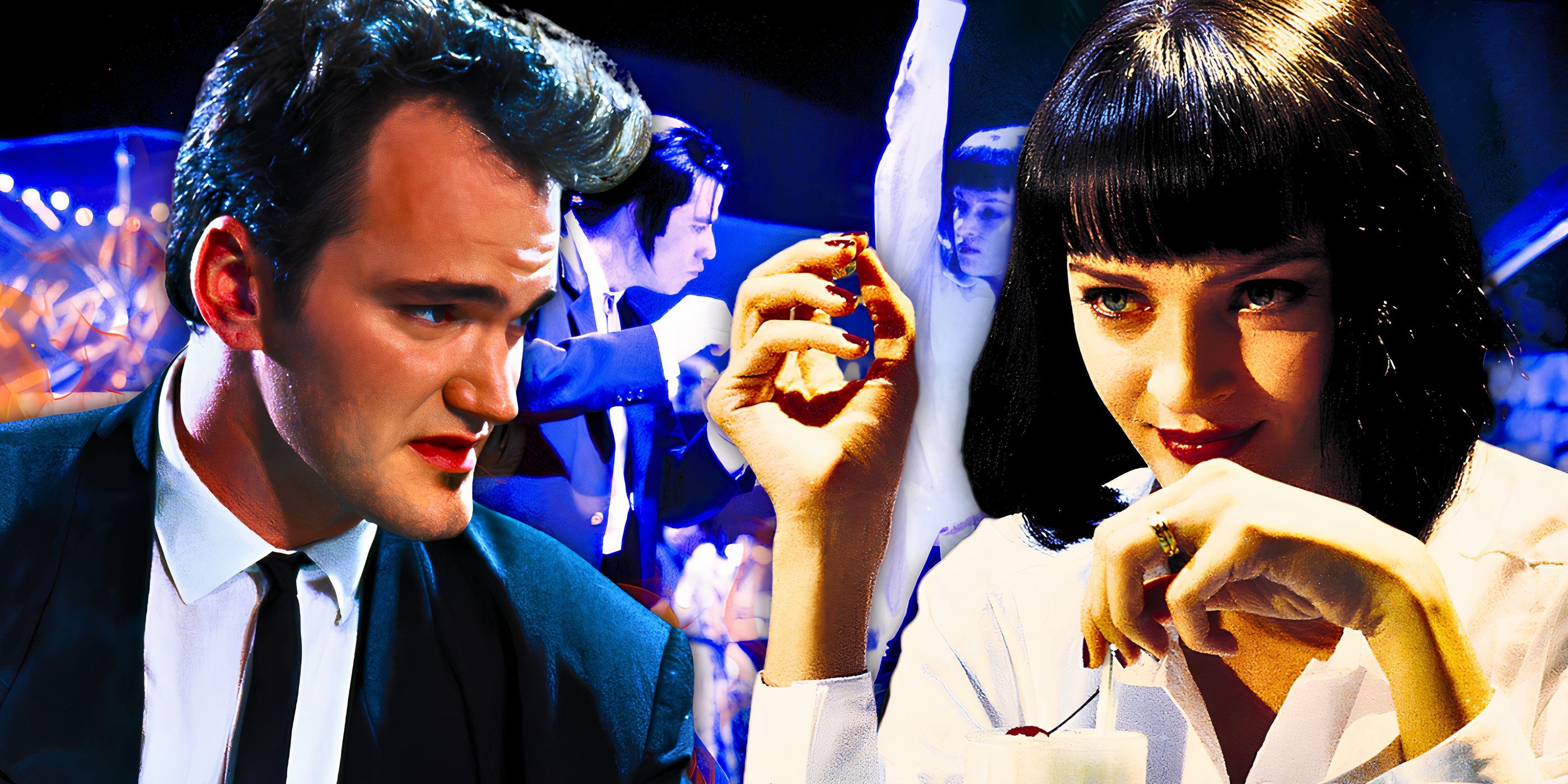
Yolanda / Honey Bunny
Amanda Plummer
After a motion picture of resolve their problems with violence , Jules using his words to de - intensify a conflict is a heavy shift . The conditional relation of his crimson impulses is brought across by his announcement to Pumpkin that he ’s " trying " to become the shepherd who protects instead of takes , a memorably powerful delivery by Jackson . The vision would have been all unnecessary and distracting and would have softened the shock of Jules ' speech being altogether liberal of violence . Pulp Fictionhas a terrific end , and audiences are favorable the vision did n’t overstuff it .
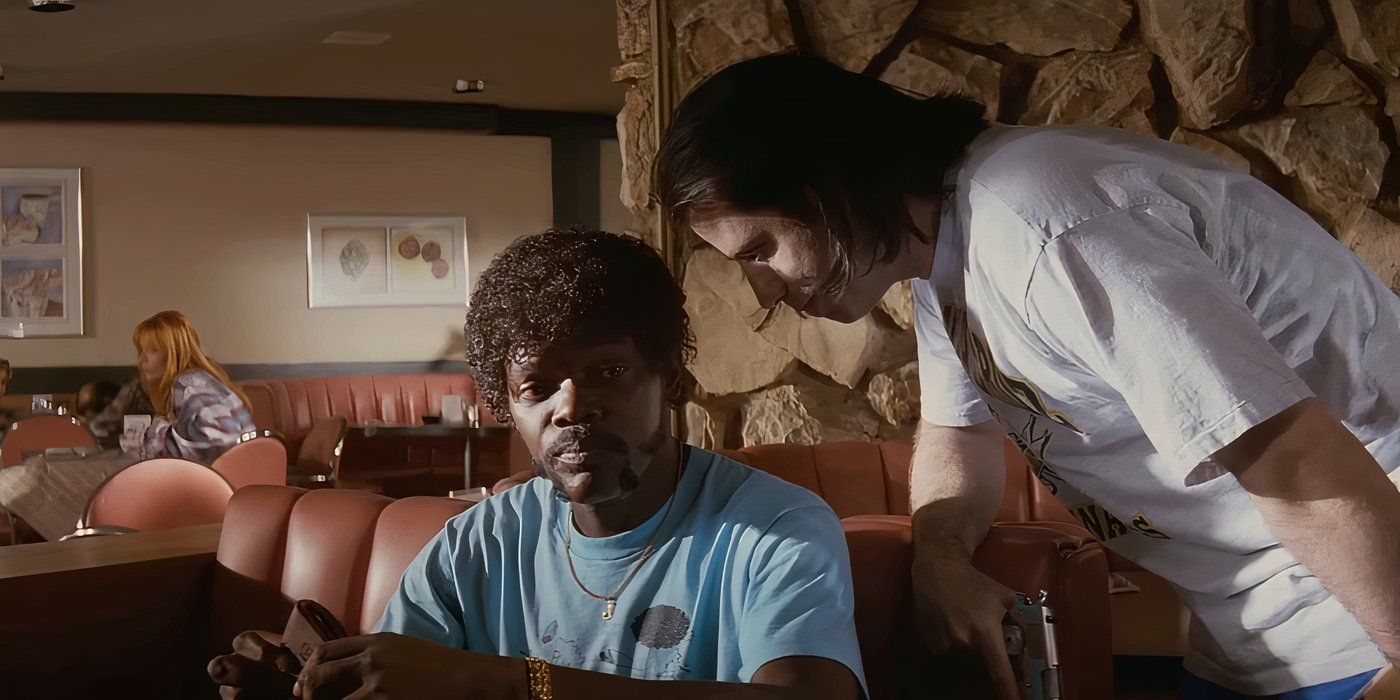
root : GQ
Your Rating
Your remark has not been hold open
Cast
Quentin Tarantino ’s classic tale of violence and buyback follows the intertwining tales of three friend : hitman Vincent Vega , prizefighter Butch Coolidge , and Vincent ’s business cooperator Jules Winnfield .




